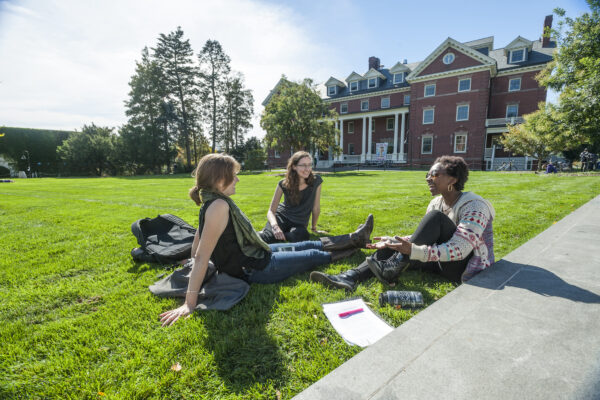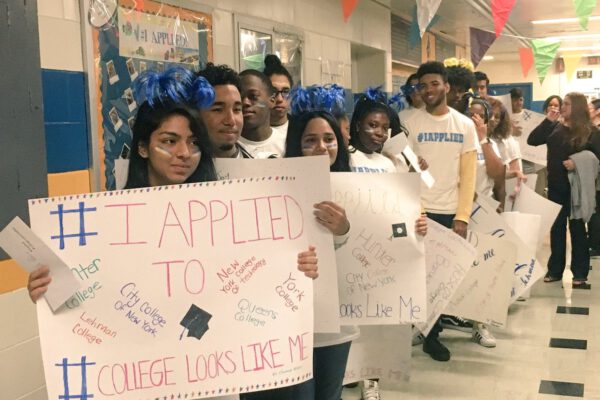When Less Is More: Prioritizing Open Access
Title: When Less Is More: Prioritizing Open Access
Author: Christopher M. Mullin
Date: October 2017
 A recent report from the American Association of Community Colleges examines the impact of funding decisions based on institutional full-time equivalent (FTE) student calculations. This metric is derived by dividing the total number of credit hours taken at an institution during a year by the number of credit hours that typically constitutes a full-time student (e.g., a college with 30,000 credit hours in one year would have 1,000 FTE students if the full-time load at that college was 30 hours per year).
A recent report from the American Association of Community Colleges examines the impact of funding decisions based on institutional full-time equivalent (FTE) student calculations. This metric is derived by dividing the total number of credit hours taken at an institution during a year by the number of credit hours that typically constitutes a full-time student (e.g., a college with 30,000 credit hours in one year would have 1,000 FTE students if the full-time load at that college was 30 hours per year).
Providing funding based on FTE students is particularly disadvantageous for community colleges, where for accounting purposes, one FTE student equates to more than two real students (as opposed to public land-grant universities, where approximately 1.15 students equates to one FTE student). So for every one FTE student, about 2.2 students need to share parking spaces, advisors, counselors, apprenticeship opportunities, and a whole host of other services provided by the institution that was funded with the expectation that only one FTE student would be using these services.
Instead of being penalized for providing access, Mullin argues for a new enrollment vocabulary that is clearer, more direct, and inclusive of data relating to both FTE enrollment and real-student headcounts. For community college leaders, he advocates that they work locally and regionally to advance new ways of thinking about FTE funding for the betterment of their open-access missions.
For more information, read the full report here.
If you have any questions or comments about this blog post, please contact us.


